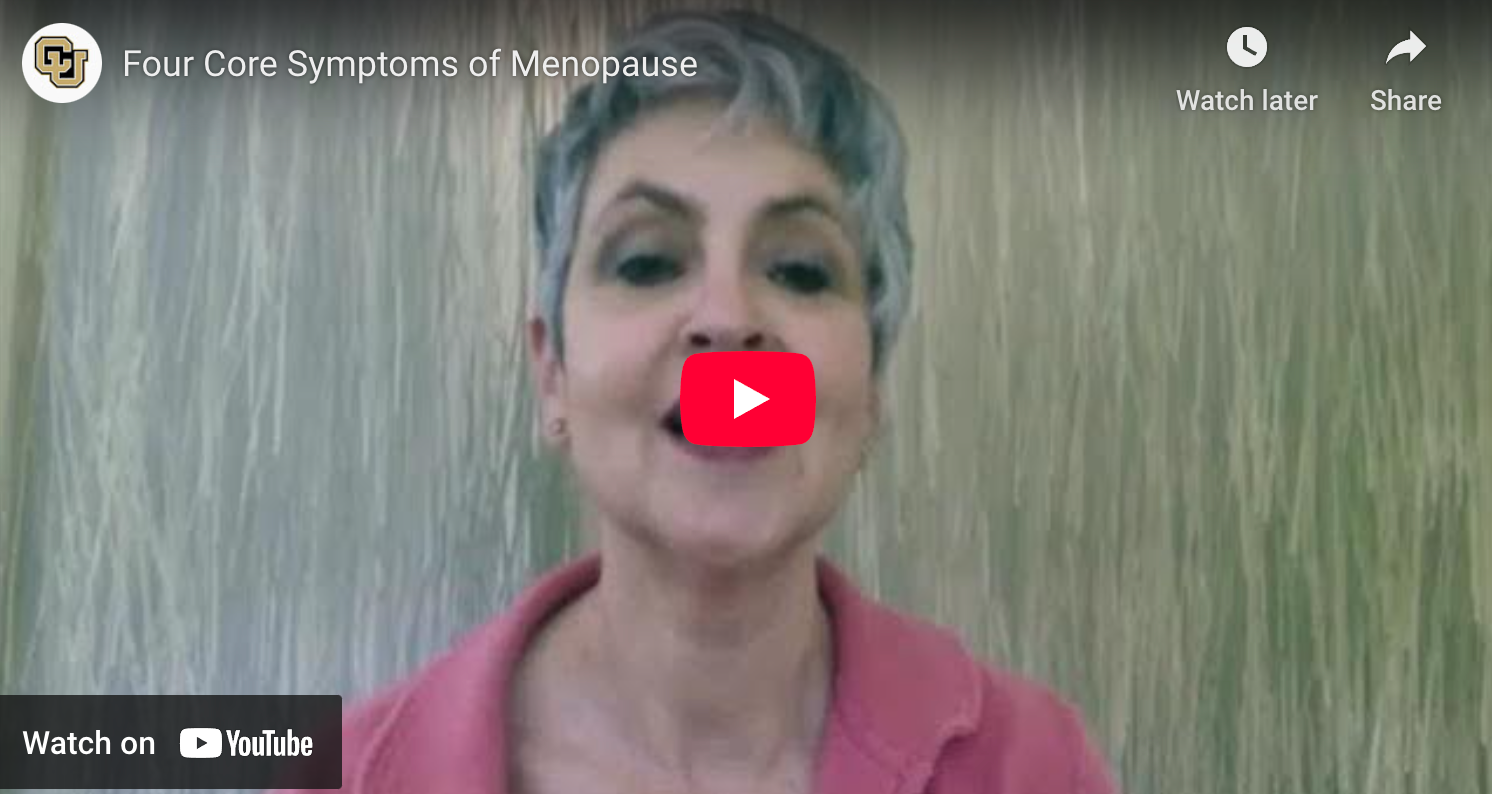Menopause
What is menopause?
Menopause is a milestone in a woman’s life, and a natural consequence of aging. It signals the end of a woman’s fertility, a point when she is no longer able to become pregnant.
Every woman is born with a limited number of eggs, which are stored in the ovaries. The ovaries produce progesterone and estrogen. These hormones regulate menstruation and ovulation.
As women grow older, production of hormones by the ovaries decreases. Menopause occurs when the ovaries stop releasing eggs and a woman stops menstruating. Usually this follows a 3- to 5-year period when a woman’s estrogen level gradually begins to decline. This period is called perimenopause.
In the United States, the average age for a woman to go through menopause is 51, but it can occur anytime in the early 40s to late 50s. Some factors can cause this premature condition, including genetics, autoimmune disorders, illness, chemotherapy, radiation, surgical removal of the ovaries with or without removal of the uterus, smoking, or higher body mass index.
Four core symptoms
Stages
For those women undergoing natural menopause (not brought on by any type of medical or surgical treatment) the process is gradual. It usually follows three stages:
Perimenopause
This initial stage usually begins several years before the natural condition. During this time, ovaries gradually produce fewer hormones. During the last few years of perimenopause, estrogen decreases more rapidly. At this point, some women will experience menopause-like symptoms. Perimenopause lasts until the ovaries stop producing eggs.
Menopause
This occurs at the point when it has been a year since a woman’s last period. The ovaries have stopped producing eggs and most of their estrogen.
Postmenopause
Postmenopause defines the years after menopause. Most symptoms decrease or cease for most women. The loss of estrogen poses some health risks as a woman ages.
Premature menopause
Some women experience this premature condition. This can be a result of genetics, autoimmune disorders, illness, chemotherapy, radiation, surgical removal of the ovaries (with or without removal of the uterus) or smoking.
Other possible conditions include:
- Induced menopause: When the ovaries are removed for medical reasons such as endometriosis or cancer it can cause this condition. Treatments such as radiation or chemotherapy can also cause this.
- Premature ovarian failure: A woman’s ovaries produce progesterone and estrogen. The levels of these two hormones can change if the ovaries stop releasing eggs prematurely. If this happens before a woman turns 40, this is called premature ovarian failure. This condition is not always permanent.

